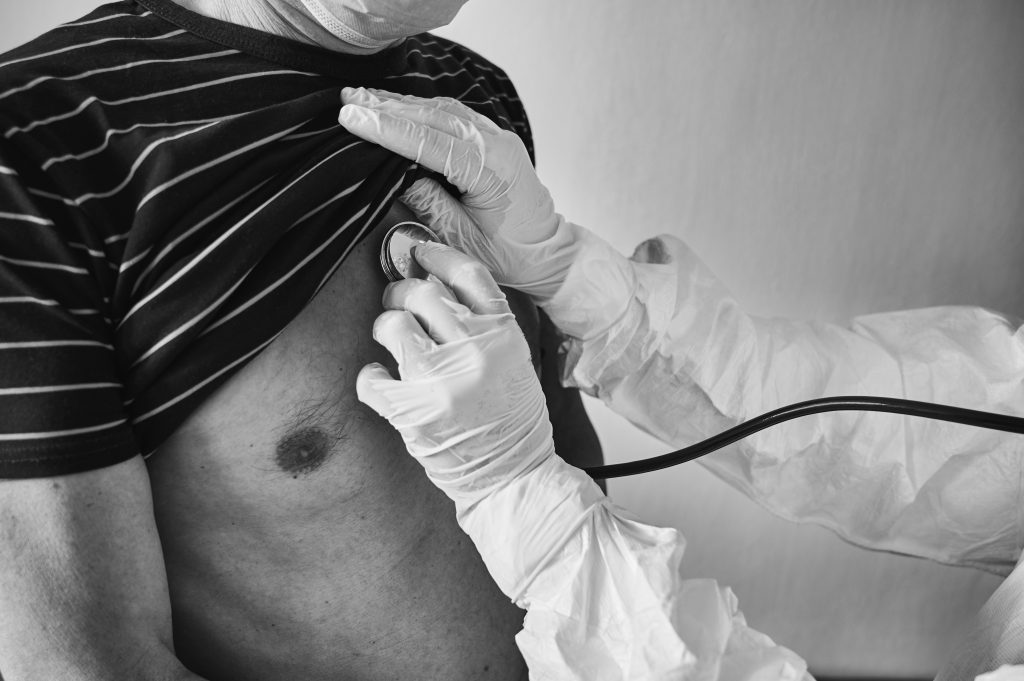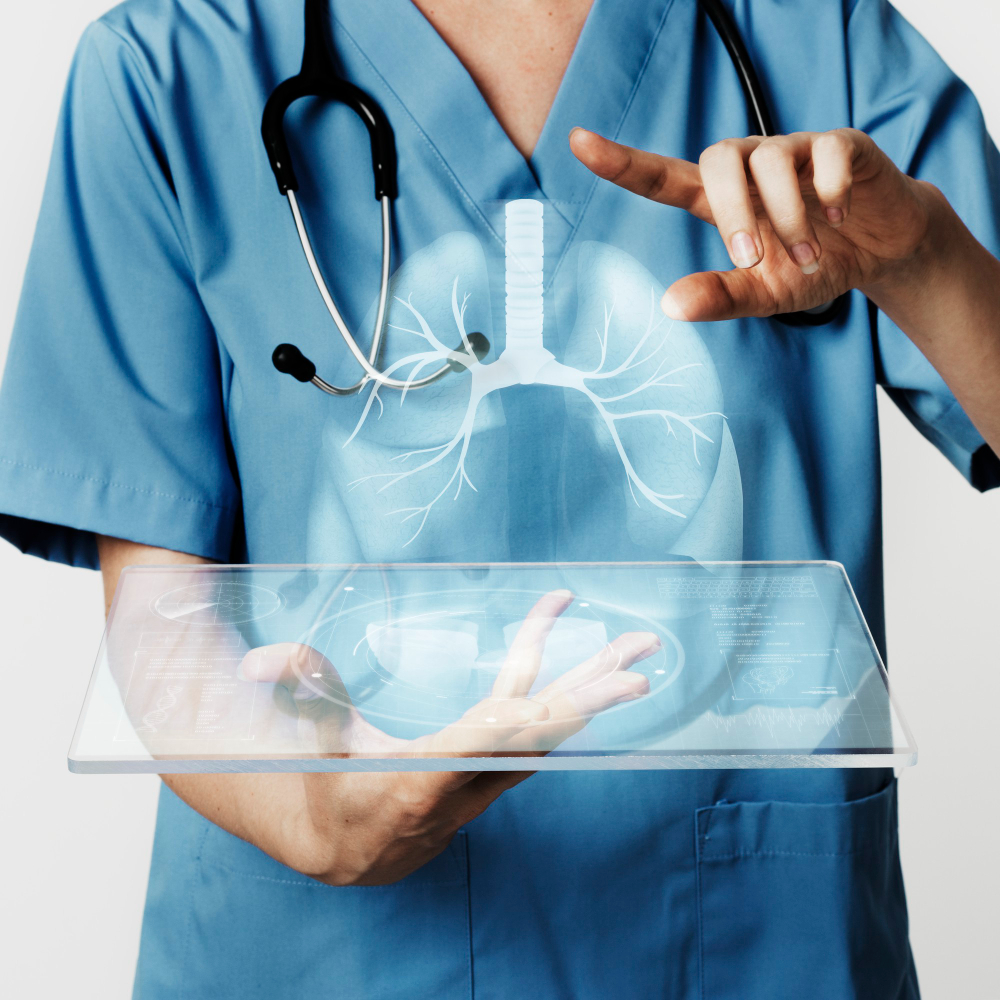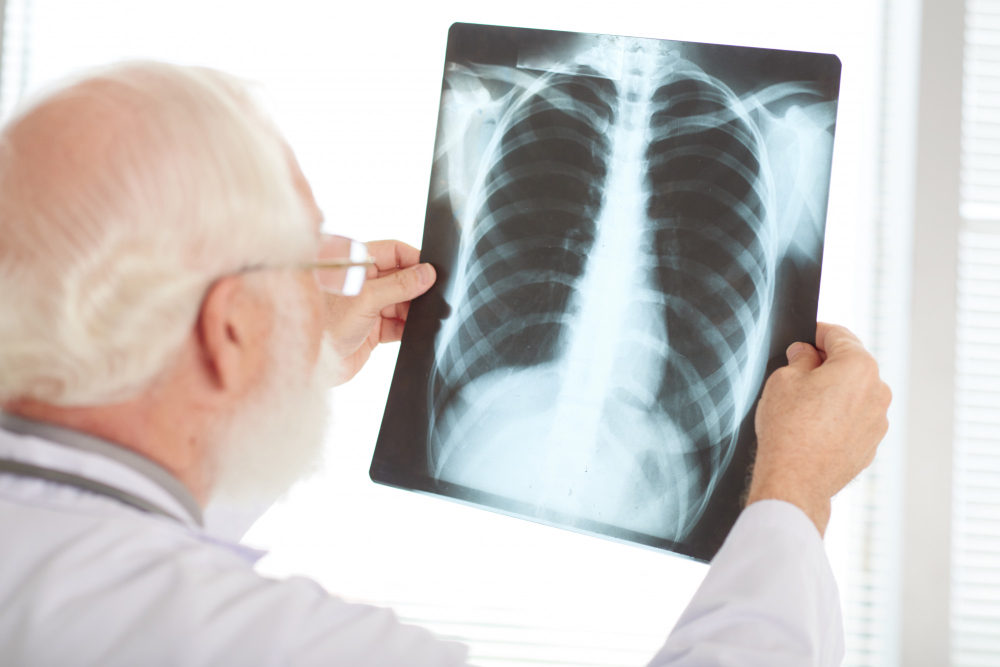Bronchoscopy: A Safe and Effective Procedure
Bronchoscopy is a low-impact technique utilized by doctors to identify issues affecting the lungs or air passages. By employing a bronchoscope, medical professionals can examine the windpipe and lungs, and may even extract tissue samples for further analysis by attaching small instruments to the end of the bronchoscope.

When is bronchoscopy necessary?
When your doctor suspects an issue with your airways or lungs, they would typically ask for a bronchoscopy. The main reasons for this request are a persistent cough, coughing up blood, or an abnormality found on a chest x-ray. By obtaining the results of the bronchoscopy, your doctor will be able to identify the problem and determine the most suitable course of action to assist you.
How to Prepare
After midnight the night before the bronchoscopy, you should avoid eating or drinking anything. However, it is possible that your doctor may permit you to take certain medications. It is important to consult your physician about how to manage your daily medications before the procedure.
After finishing the procedure, the effects of the sedative medication can last for several hours in your body. It might be necessary for someone to accompany you home as you will not be allowed to drive once you are released.
A comprehensive manual explaining the step-by-step process of a bronchoscopy.

Before the procedure:
- Before the bronchoscopy, you will have a conversation with your doctor where you will discuss the details of the procedure. This includes mentioning any medical conditions you have and the medications you are currently on. Your doctor will provide guidance based on the type of bronchoscopy you will be undergoing, which may require some preparations to be made.
- Cease taking specific medications, such as anticoagulants, for a brief period preceding the medical procedure.
- Fast for several hours beforehand.
- Go through additional examinations such as chest X-rays or EKGs.
- Anesthesia: It is probable that you will be given anesthesia, usually a mixture of a sedative and a local anesthetic applied in your throat. This guarantees your comfort and relaxation during the procedure.
During the procedure:
- Placement: You will recline on an exam table with your head slightly raised and in a tilted position.
- Placement of the instrument: The physician will carefully insert a bronchoscope into either your nose or mouth. It is a slender and flexible tube equipped with a camera and light at the end. The tube will be guided down your throat and into your windpipe, ultimately reaching your lungs. You might experience a momentary sensation of choking, although it will diminish rapidly.
- During the examination, the doctor will skillfully navigate the bronchoscope through your respiratory system, scrutinizing the walls for any irregularities such as inflammation, obstructions, or growths. The use of a camera enables the doctor to observe detailed images on a screen.
- Potential actions: In accordance with the intent of the bronchoscopy, your physician might also:
- Obtain tissue samples (biopsy) to be examined more thoroughly.
- Using a suction device or specialized tools, remove any obstructions such as clear mucus.
- Insert stents to keep airways open.
- Administering medication directly into the lungs.

What happens after a bronchoscopy?
Bronchoscopy is a simple procedure that does not require overnight hospital stay. Patients usually can return home after a few hours.
After the procedure, your healthcare team will keep a close eye on you to make sure that your breathing and swallowing are functioning correctly. It will take a few hours for the numb feeling in your throat to go away. You might experience a sore throat, cough, or hoarseness for the next day following the procedure.
Your medical team will inform you about the timing of receiving test results and scheduling a follow-up appointment.
Risks and Side Effects
A bronchoscopy is generally considered to be a safe procedure, although it does carry some potential risks. In the event that your oxygen levels decrease during the process, the doctor might administer oxygen as a precautionary measure.
Later, you may experience symptoms such as fever or pneumonia. There is also a possibility of bleeding. Although it is uncommon, a bronchoscopy can lead to a collapsed lung, which is a condition that can be treated but requires hospitalization. To evaluate for any potential complications, your doctor may prescribe a chest X-ray following the bronchoscopy procedure.
Results
Typically, your doctor will have a conversation with you about the findings of the bronchoscopy within one to three days after the procedure. Based on these results, your doctor will determine the appropriate treatment for any identified lung issues or discuss any interventions that were performed. Additionally, there is a chance that further examinations or procedures might be necessary.
If a sample of tissue was taken during bronchoscopy, it will require examination by a pathologist. Due to the specialized preparation required for tissue samples, the time taken for results to be available can vary. Certain biopsy samples may need to be sent for genetic testing, which could take two weeks or longer.
Treatment in Türkiye:
The medical staff of surgical teams, doctors, and consultants at REHABTÜRK can provide the best treatment options and free consultations, striving to stay up-to-date on the latest medical technologies and methods.
